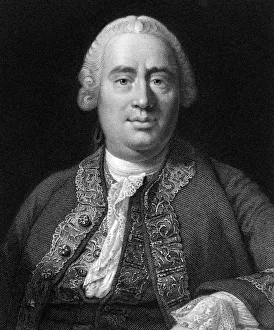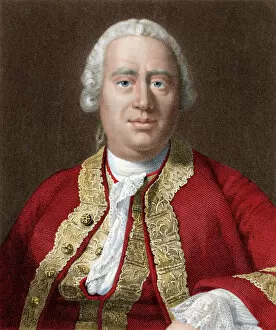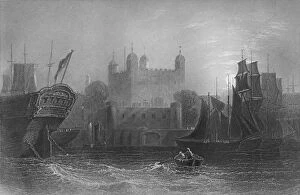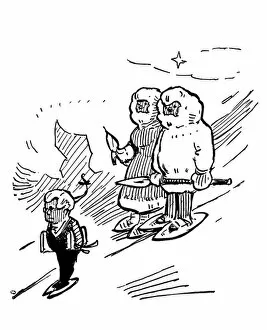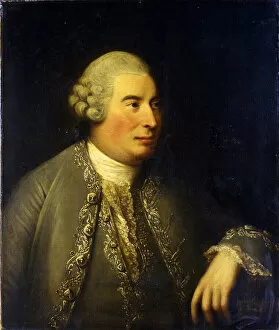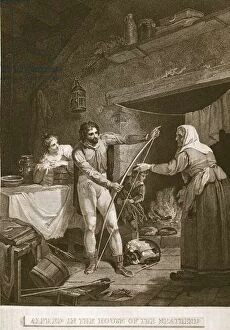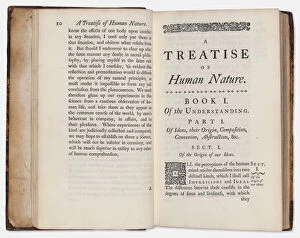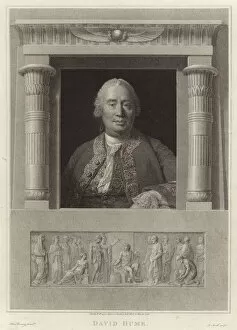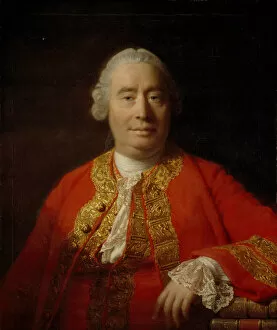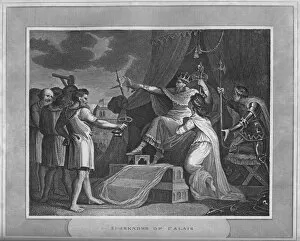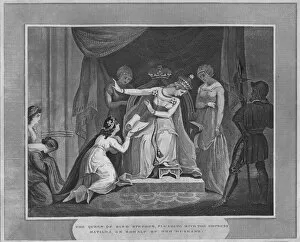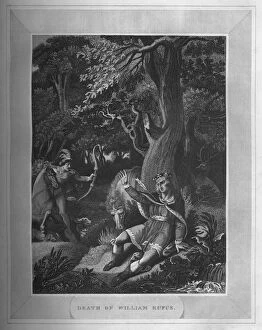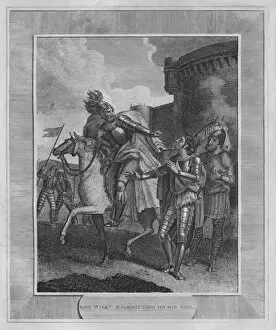David Hume Collection
David Hume, a Scottish philosopher known for his influential works and contributions to the field of philosophy
All Professionally Made to Order for Quick Shipping
David Hume, a Scottish philosopher known for his influential works and contributions to the field of philosophy. His ideas and theories have left a lasting impact on the way we understand human nature and knowledge. In this caricature of David Hume, we see him portrayed with wit and humor, capturing his intellectual prowess in a lighthearted manner. The Tower of London, depicted in 1859 by artist James Tibbitts Willmore, serves as a backdrop to one of Hume's most famous historical accounts - The Death of Becket. This engraving from David Hume's The History of England showcases his meticulous research and attention to detail in retelling significant events from British history. A portrait painted with oil on canvas captures the essence himself - thoughtful, contemplative, and deeply engaged in philosophical inquiry, and is through such portraits that we can catch a glimpse into the mind behind groundbreaking ideas. Ninewells House stands as an engraved testament to where David Hume resided during his lifetime. This house holds significance not only as his residence but also as the birthplace of many revolutionary thoughts that shaped our understanding of morality, causality, and skepticism. In Alfred in the House of Neatherd illustration from David Humes' work titled "Dialogues Concerning Natural Religion, " we witness an engaging conversation between characters exploring theological arguments for God's existence. Through this dialogue-driven approach, Hume challenges traditional religious beliefs while encouraging critical thinking among readers. Vortigern and Rovena engraving by Delatre brings another visual representation inspired by one of David Humes' plays. Known for venturing beyond philosophy alone, he dabbled in literature too - showcasing versatility across various artistic mediums. Lastly, Alfred in the Neatherds Cottage lithograph presents us with yet another scene from one of David Humme's plays; it demonstrates how he skillfully blended storytelling with philosophical ideas.


